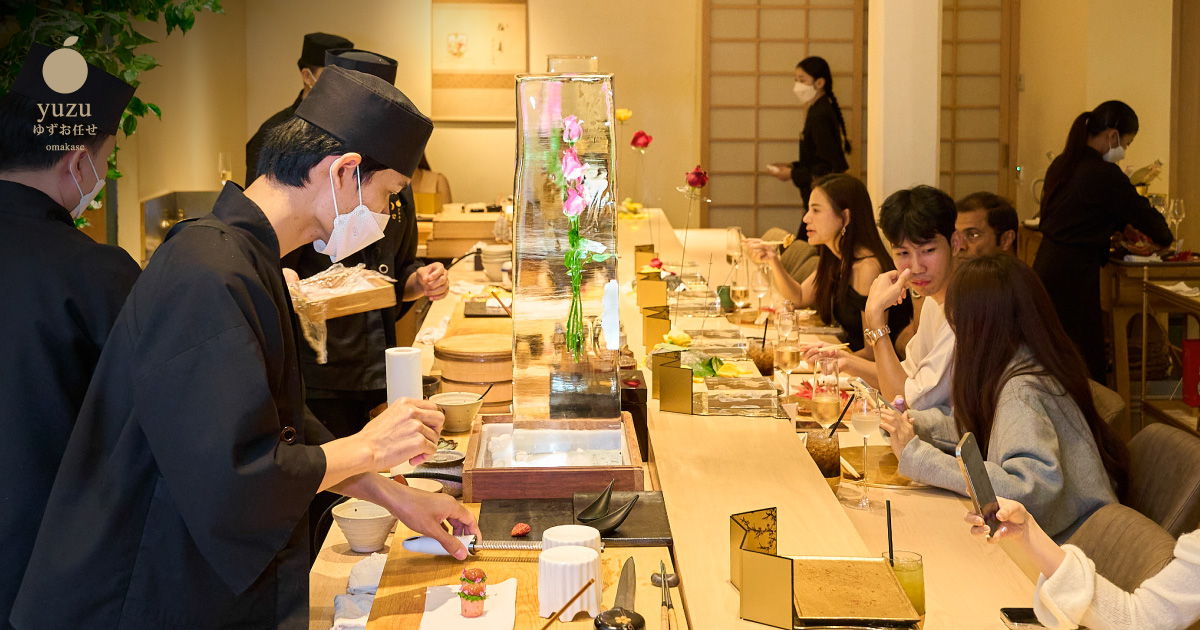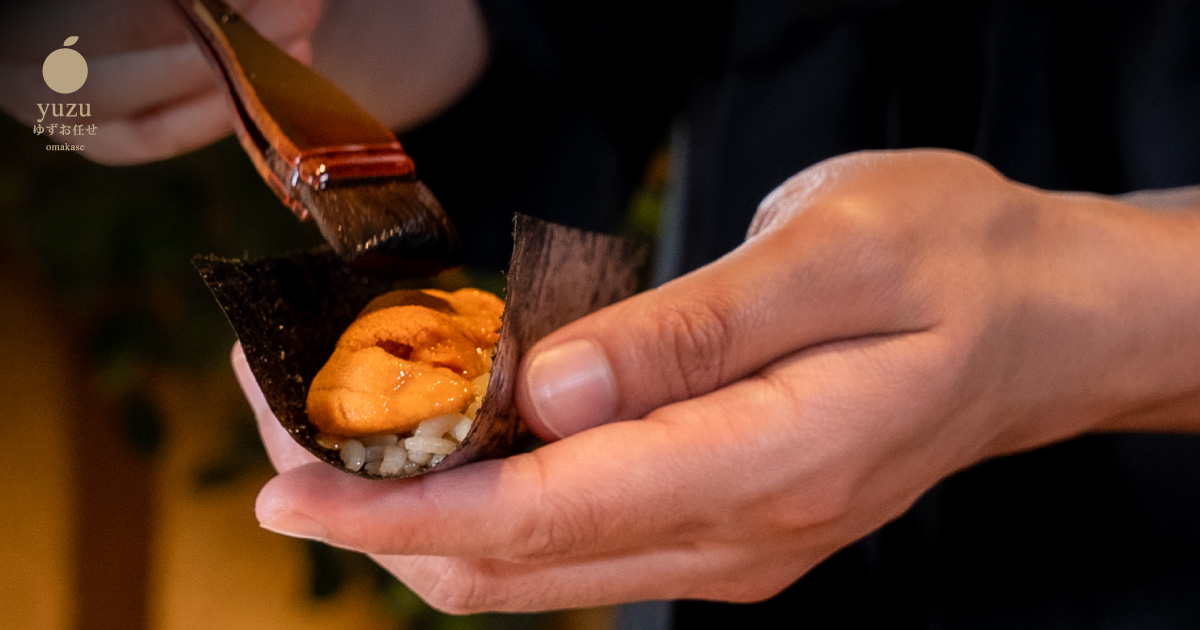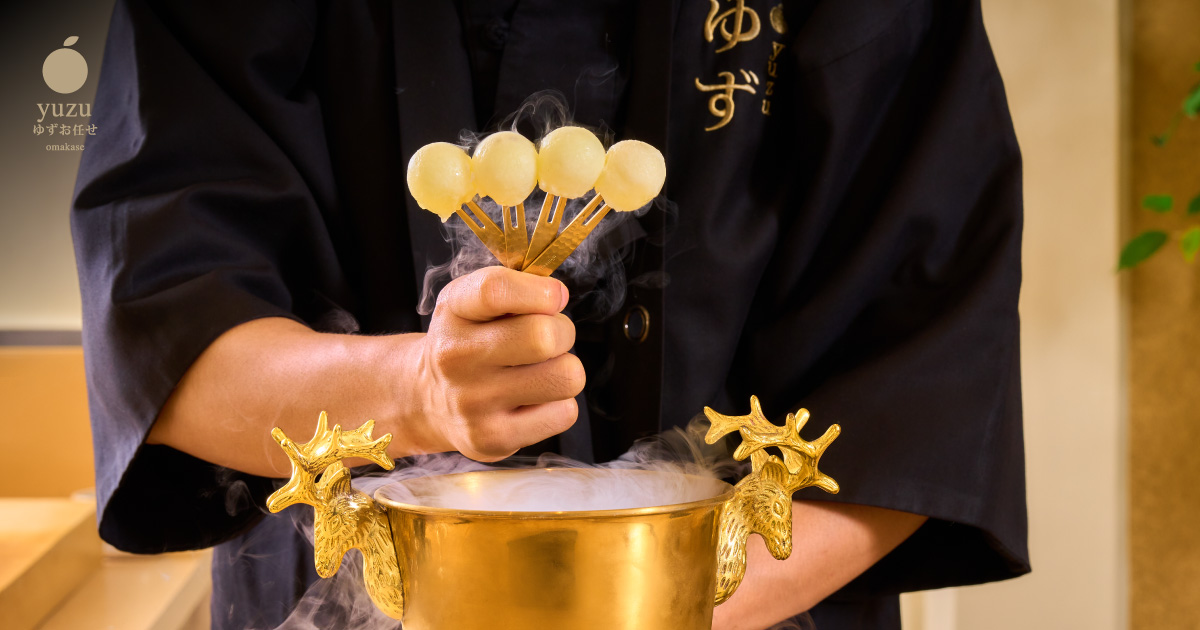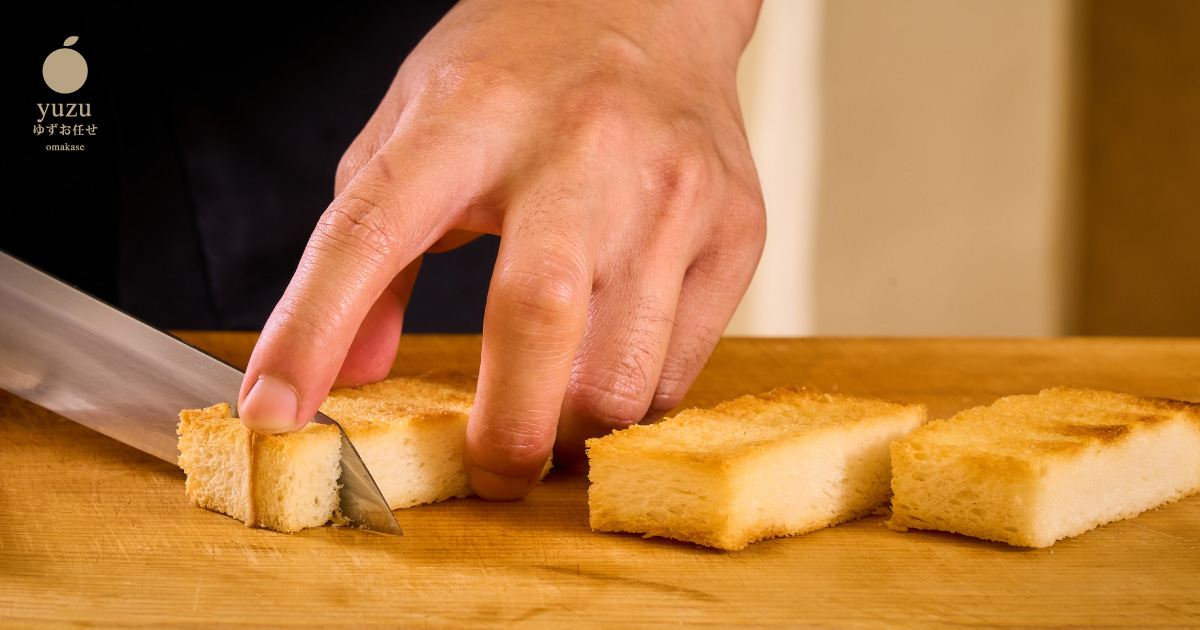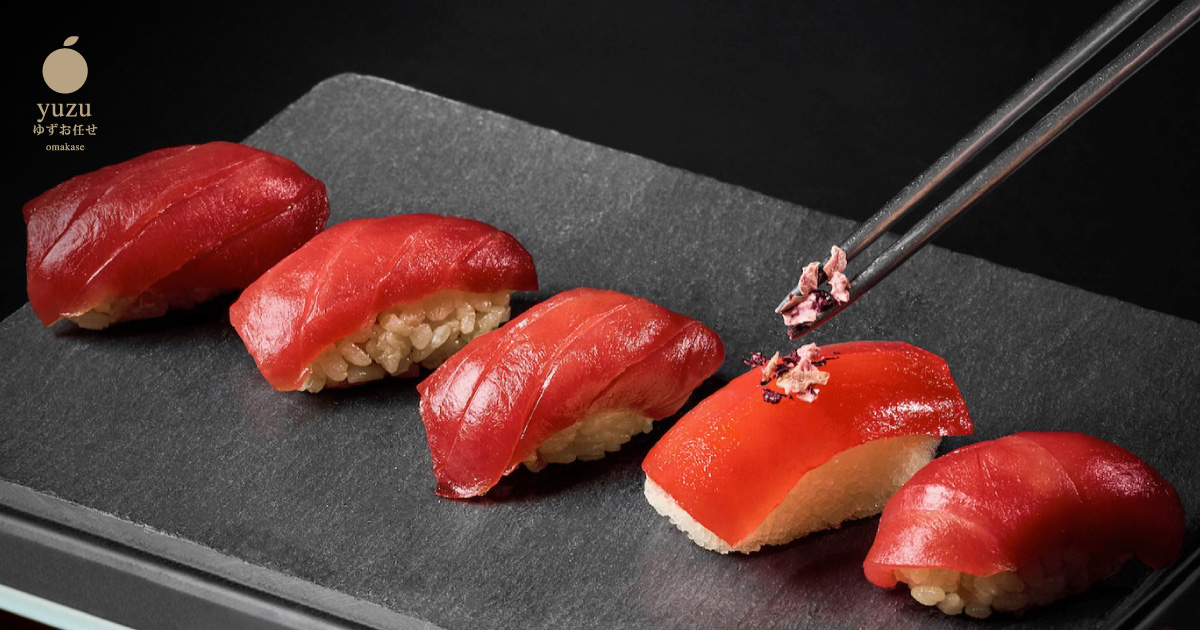
A Global Taste for Sushi: The Role of Yuzu Omakase in Shaping Sushi Thailand Bangkok
Once a delicacy reserved for Japan’s elite, sushi is now a global language of luxury. In Bangkok, no restaurant speaks it more fluently — or with more influence — than Yuzu Omakase Thailand.
The World ● 2025 Jul 7
A Global Taste for Sushi: The Role of Yuzu Omakase in Shaping Sushi Thailand Bangkok
Sushi is no longer foreign in Bangkok. It’s familiar. It’s fashionable. And at the hands of master chefs, it has become foundational to the city’s growing identity as a global dining capital. But behind the growing popularity of sushi in Thailand lies more than trend — there is transformation.
Leading this evolution is Yuzu Omakase, a refined sushi counter tucked into Siam Square’s vibrant heart. Here, the traditional Japanese omakase experience is not only offered — it is explained, elevated, and embedded into Bangkok’s culinary culture.
In doing so, Yuzu is shaping Thai palates, expanding perspectives on what sushi can be, and placing Bangkok firmly on the map of Asia’s most discerning omakase destinations.
🗾 The Omakase Experience: A Japanese Art, Globalized
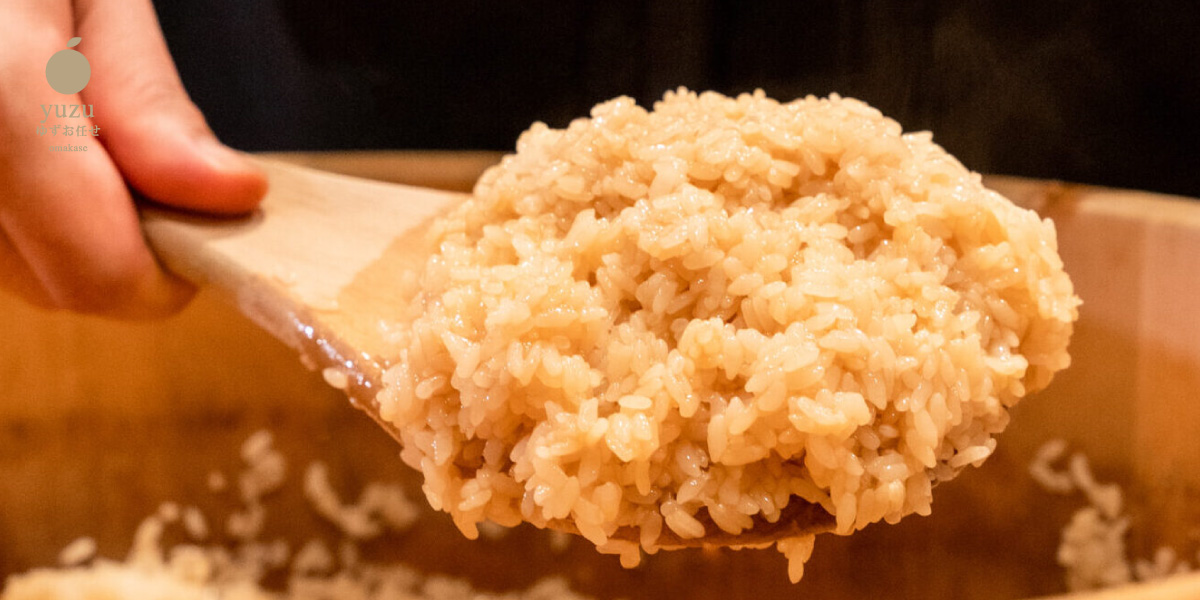
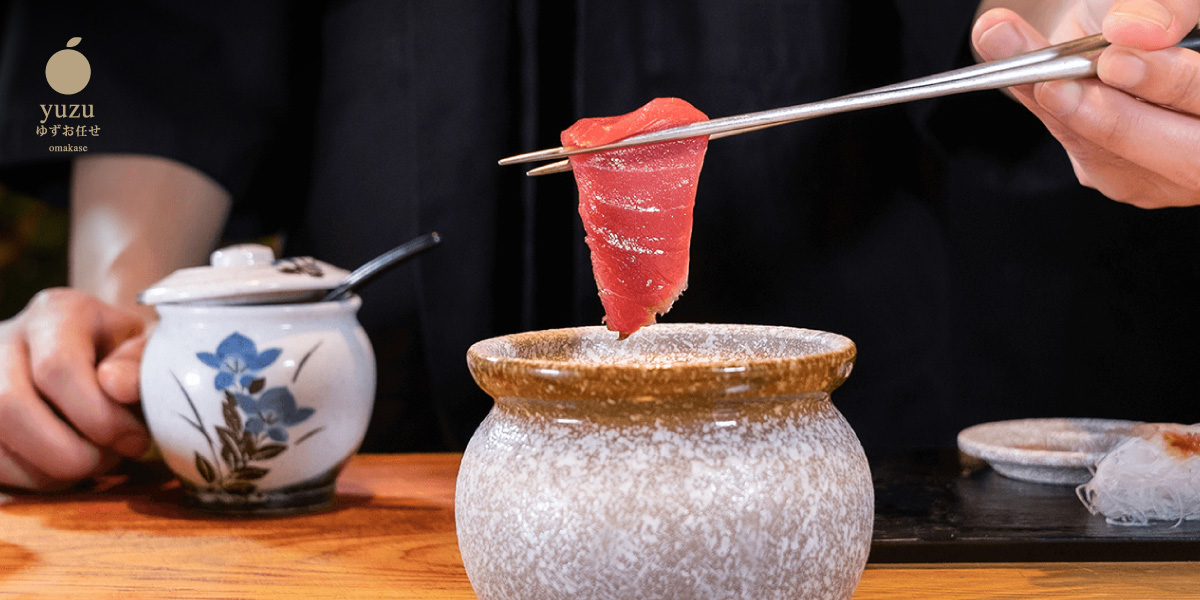
The word omakase translates to “I leave it up to you.” But for many Thai diners, it has come to mean so much more. It represents:
The intimacy of dining directly with the chef
The progression of flavors built around seasons and sensation
A celebration of ingredient purity, timing, and mastery
Yuzu Omakase has taken this concept and translated it for Thai culture, combining Japanese culinary discipline with Thai hospitality values, and in the process, has made omakase more approachable, meaningful, and relevant to local diners.
🎓 Educating Palates: From Familiar Sushi to True Edomae
While sushi in Thailand is now common, true Edomae-style sushi remains rare — characterized by knife techniques, fish aging, and vinegar curing that few restaurants outside Japan have mastered.
At Yuzu Omakase, the education begins with:
Explaining each cut of fish — including seasonal sourcing, texture, and fat profile
Demonstrating traditional preparation methods — such as shime (vinegar curing) and zuke (soy marination)
Guiding guests through a flavor arc — starting with light white fish, building to otoro and wagyu, then finishing with refreshers like yuzu sorbet
Guests not only eat — they learn. They come to appreciate:
The difference between fresh and aged sushi
The role of temperature and timing
Why rice is seasoned with red vinegar for certain fish
How simplicity can carry more flavor than fusion
This culinary education, delivered with elegance and sincerity, helps diners develop a global understanding of sushi — while honoring Thailand’s own love for flavor, balance, and ritual.
🌊 The Role of Ingredients: Introducing Thailand to Seasonal Luxury
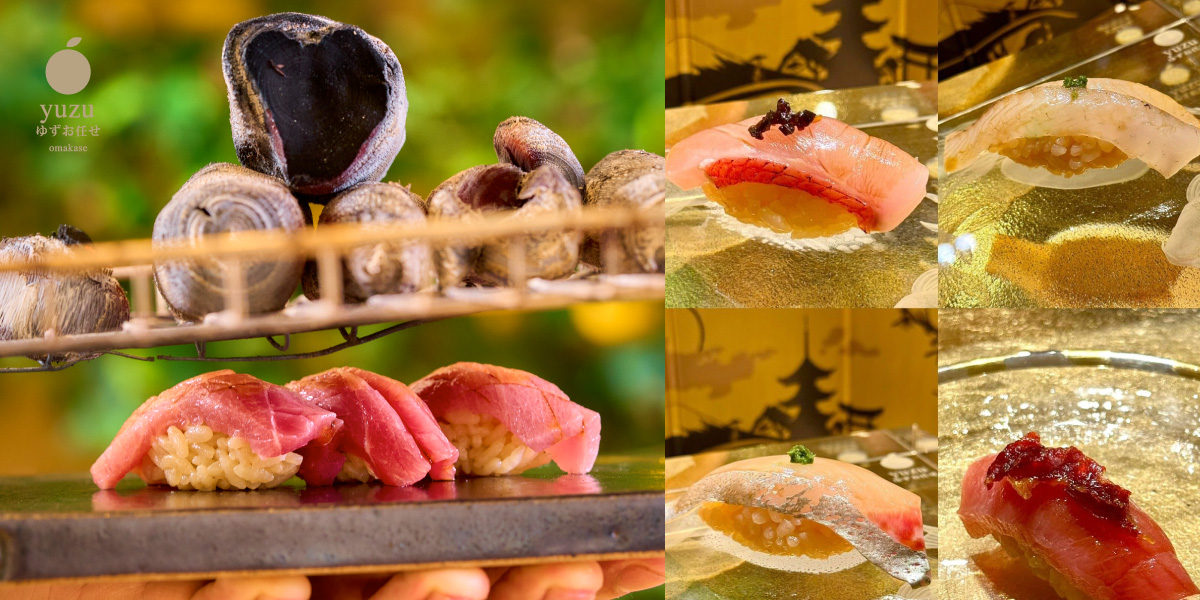
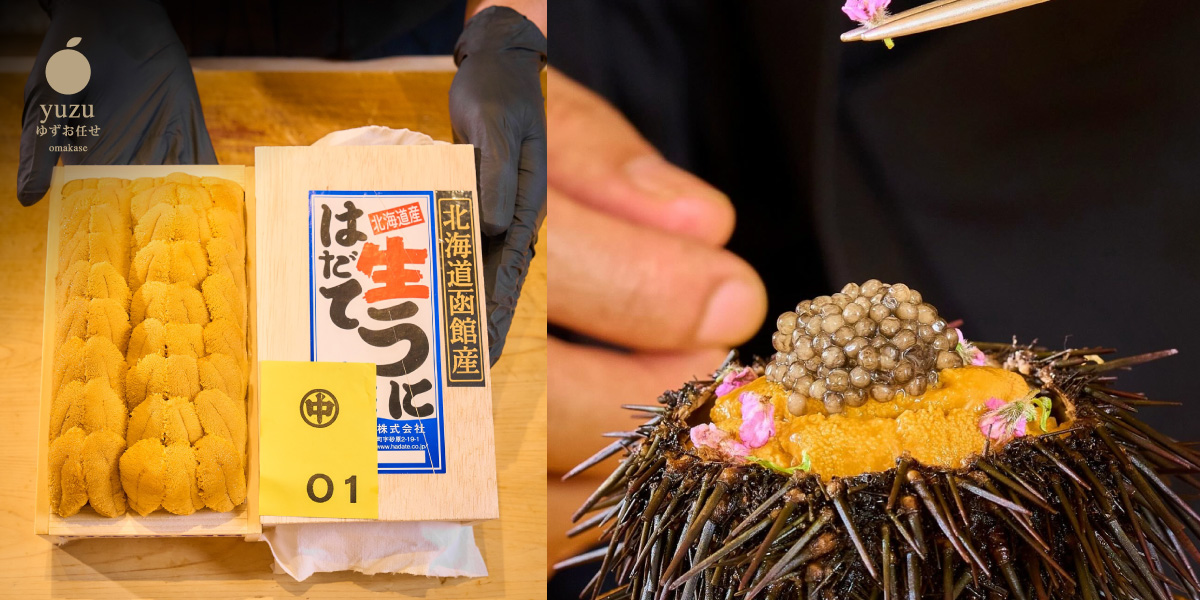
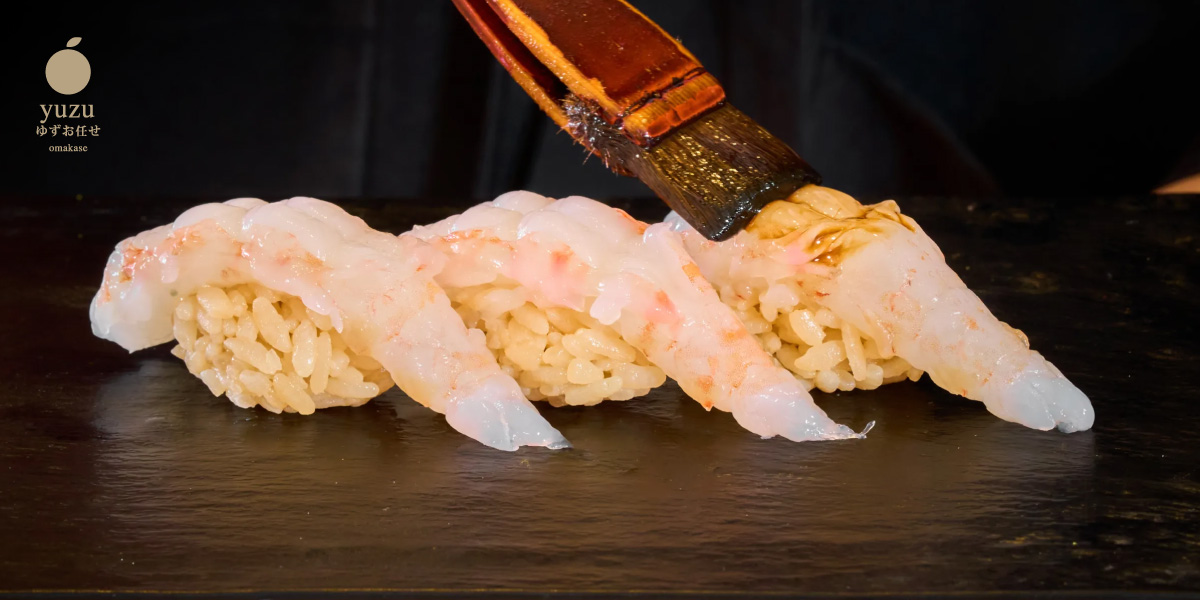
Many diners in Thailand grew up with a limited view of sushi — salmon, tuna, California rolls. Yuzu has broadened this worldview by introducing rare, high-quality imports sourced directly from Japan’s most respected seafood regions.
🌐 Ingredient Highlights:
| Ingredient | Origin | Role in Education |
| Otoro (Fatty Bluefin Tuna Belly) | Toyosu Market, Tokyo | Introduces Thai guests to the nuance of fat layers and melt-in-mouth textures |
| Shiro Ebi (White Shrimp) | Toyama Bay | Celebrated for its sweetness and delicate preparation |
| Nodoguro (Blackthroat Seaperch) | Kyushu | Flame-seared to showcase aroma and richness — a guest favorite among connoisseurs |
| Bafun Uni (Sea Urchin) | Hokkaido | Helps reframe uni from “exotic” to elegant, through balanced presentation |
| Kinmedai (Golden Eye Snapper) | Chiba | Aged for flavor development, served with yuzu zest to connect Japan’s seasonal palate with Thai citrus preference |
By exposing diners to these luxurious but lesser-known ingredients, Yuzu cultivates a deeper curiosity and respect for sushi as both cuisine and culture.
🥢 A Global Experience, Localized with Thai Sensibility
At the core of Yuzu’s success is its ability to balance international excellence with local warmth. Guests are not just customers — they are participants in a shared cultural experience.
The Yuzu Difference:
Thai-speaking chefs explain courses with clarity and respect
Service staff offer pairing suggestions with a Thai understanding of flavor profiles
Menus can be adjusted for spice preferences, allergies, or local ingredients without compromising authenticity
Non-alcoholic options like cold-brewed hojicha or lemongrass-infused dashi cater to health-conscious Thai guests
This blend of Japanese culinary ritual and Thai hospitality turns each meal into a shared journey — one that honors both cultures.
🌍 A Destination for Culinary Travelers and Global Food Media
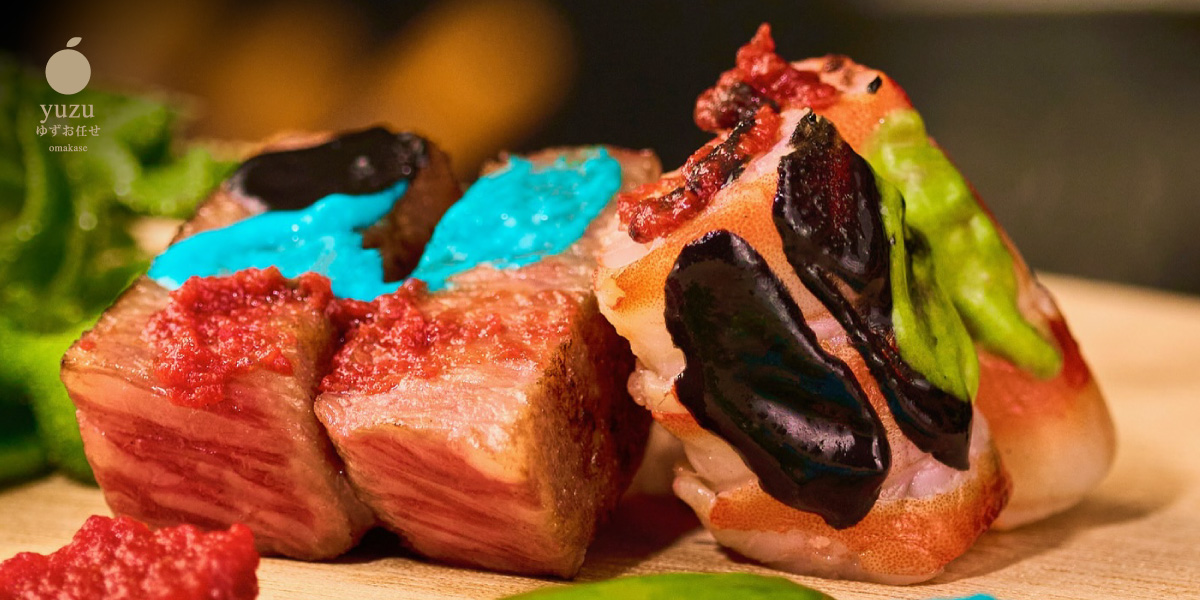
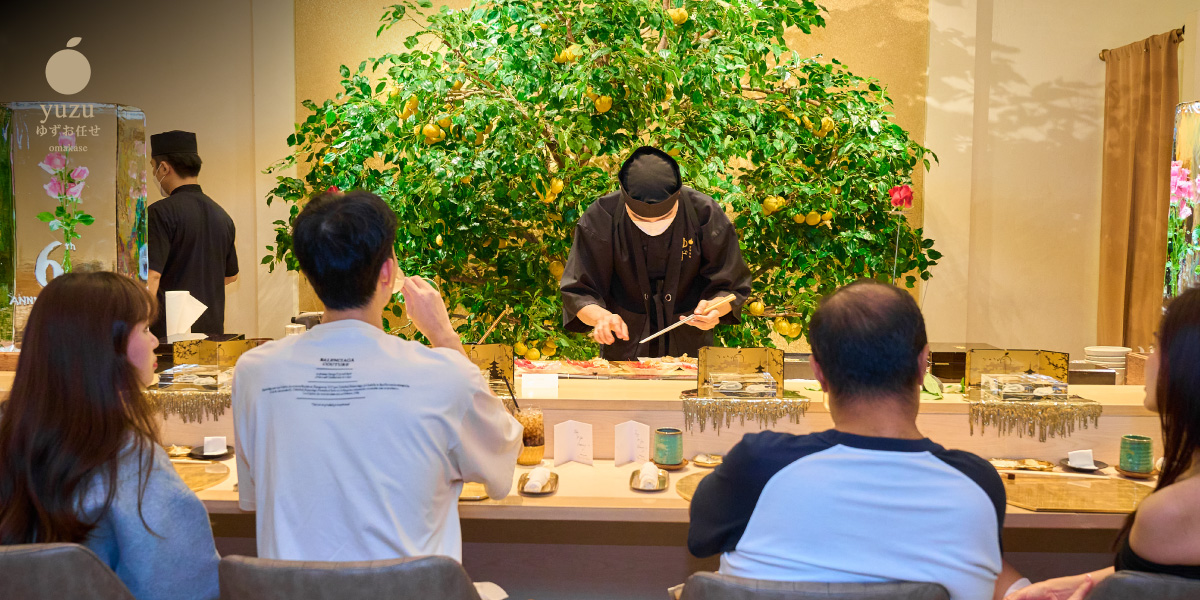
Yuzu Omakase has also become a go-to spot for:
✈️ International food tourists seeking world-class omakase outside Japan
📸 Influencers capturing quiet luxury and masterful plating
📝 Food journalists documenting Southeast Asia’s rising fine dining scene
By maintaining Tokyo-level quality and infusing it with Bangkok’s charm, Yuzu is not only educating locals — it is inspiring global attention.
🔪 From First-Timers to Gourmets: An Inclusive Sushi Journey
Yuzu’s greatest strength lies in its ability to meet each guest where they are — whether they are:
A first-time omakase diner
A local food lover expanding their sushi knowledge
A Tokyo-trained connoisseur seeking quality and refinement
Each course is adapted to the individual, each experience designed to elevate understanding and appreciation of the craft.
📍 Where the Future of Sushi in Thailand Begins
📍 Address: 258/9-10 Siam Square Soi 3, 2F Pathumwan, Bangkok
📞 Phone: 063-898-8989
🌐 Website: www.yuzuomakase.com
Reservations highly recommended. Dietary preferences, educational pairings, and cultural introductions available upon request.
Yuzu Omakase — Teaching Thailand the language of sushi, one piece at a time.
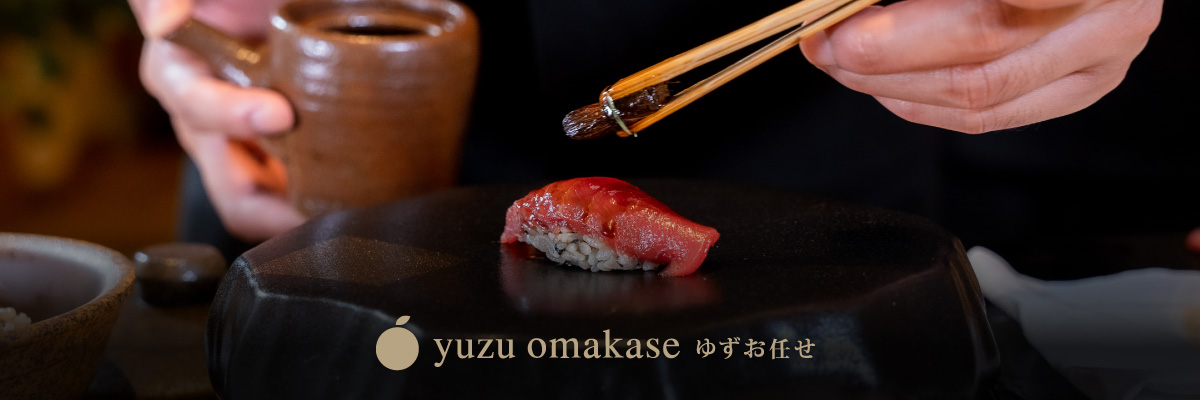
RELATE
-
The Global Appeal of Chef-Curated Tasting Menus in Omakase Thailand
From New York to Tokyo, Paris to Bangkok—chef-curated tasting menus have become the global benchmark for refined dining. At the center of this culinary shift in Thailand is Yuzu Omakase, where omakase becomes an immersive expression of art, season, and culture.
The World ● 2025 Aug 5
-
From Tokyo to Siam Square: A Legacy of Culinary Mastery in Japanese Restaurants
The soul of Tokyo’s revered sushi traditions now thrives in Bangkok’s dynamic heart. At Yuzu Omakase Thailand, ancient craft meets urban luxury—delivering a dining experience rooted in precision, purity, and the pursuit of culinary excellence.
The World ● 2025 Aug 4
-
Why Premium Dining Is Now All About the Journey — Not Just the Meal
Today’s most memorable meals aren’t just about taste—they’re about transformation. At Yuzu Omakase Thailand, every detail is curated to move you, surprise you, and immerse you in a world where dinner becomes a journey.
The World ● 2025 Jul 19
-
Experiential Restaurants Around the World: Why Omakase Bangkok Is a Global Star
Across the globe, diners are seeking more than just good food. They crave connection. Story. Emotion. They want each course to be part of a journey—guided by the chef’s hand and shaped by the space, sounds, and sensations of the moment. In Tokyo, omakase counters have long offered this experience. In New York, tasting menus… Continue reading Experiential Restaurants Around the World: Why Omakase Bangkok Is a Global Star
The World ● 2025 Jul 19



